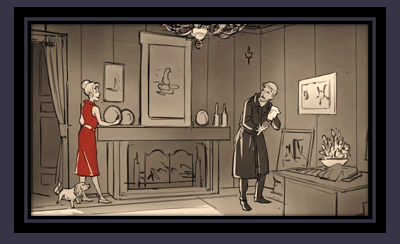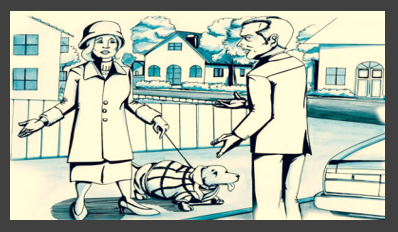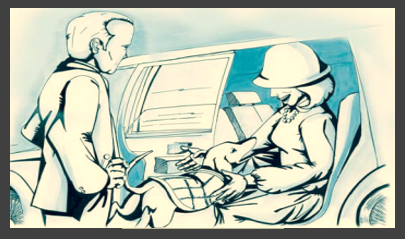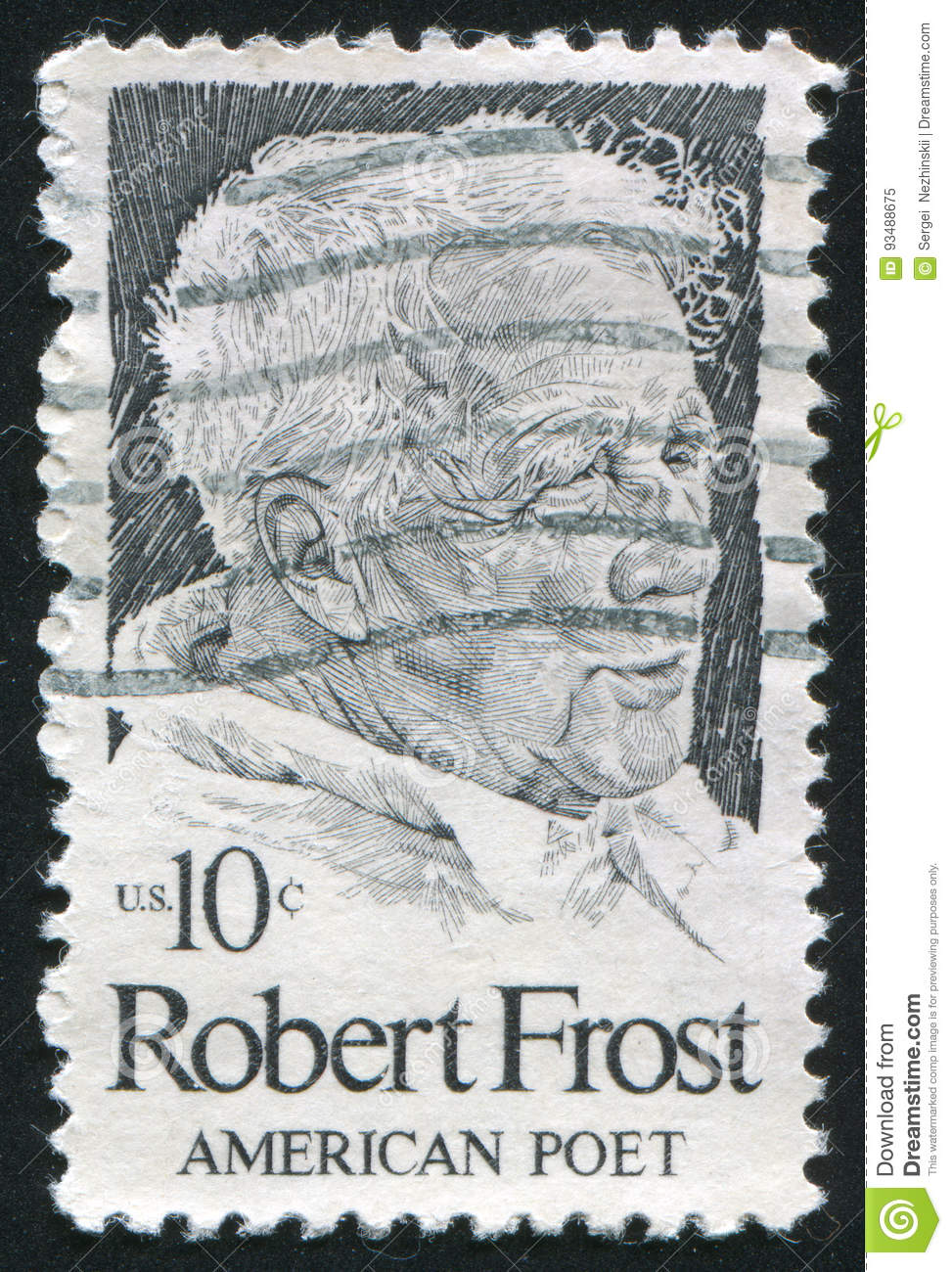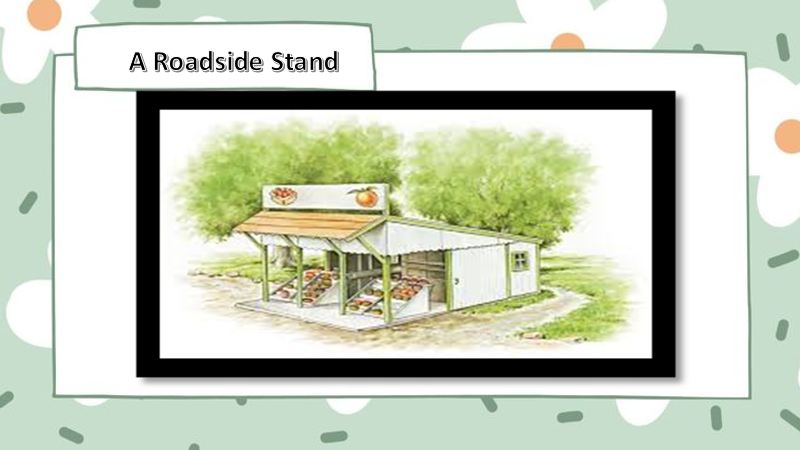Introduction
Writer Herbert George Wells has written this piece. In this interesting account, a scientist known only as “Griffin” develops a concoction that makes its user invisible.
Summary
The story follows Griffin, a scientist who is also the protagonist. After much investigation, he decided to try some experimental drugs that promised to render him invisible. Two young boys heard his footsteps as he climbed the stairs of a house and saw him for the first time. They started following them right away. Thereafter, he seeks shelter from the cold by entering a shopping centre. Once the shops have closed, he decides to bundle up and have a snack.

Invisible Man
He begins by dressing in a selection of the garments he has removed from his suitcase. After that, he goes to a restaurant’s kitchen and eats cold steak with coffee. After that, he goes to the supermarket and buys some wine and pastries to enjoy later. He woke up when the store’s personnel spotted him and began chasing him. He shed his clothes in an instant and vanished once again. When London’s winters finally arrived, he started wandering about naked once more.
The actor then plans to rob a theatre, where he is confident he will also be able to get a mask. When he has to conceal his identity further, he dons a cap, dark glasses, a prosthetic nose, and bandages.
Following a fistfight with the store owner, he walks out with all of his cash. He quickly comes to the conclusion that city life in London isn’t for him and that he’d be better off in the country. He books a room at an Iping hamlet inn for the two of them.
As he arrives in Iping, the people are perplexed that a man of such unusual looks would choose to spend the winter at a tavern. He robs people when he has no more money and attacks the landlord and his wife if they come to check on him. Griffin eluded the constable’s attempts to apprehend him.
About the author
Herbert George Wells, an English writer, lived from September 21, 1866, until August 13, 1946. Among his many works are novels, short tales, social criticism, satire, biographies, memoirs, and even two volumes on light strategy games. His output spanned a wide variety of forms.
Conclusion
He had been researching how to turn a man invisible. His experiment was successful, and he came up with a formula that would allow him to turn invisible while yet being physically felt.
Textbook Questions and Answers
1. How did the invisible man first become visible?
Ans: Two boys followed the invisible guy until they saw his footprints in the mud, at which point the boys gave up and the man regained his invisibility. Throwing them away, he spent the night at a large London shop, where he slept on a stack of blankets while only partially dressed. The following morning, while he was still sleeping, he heard the doors of the store opening and the staff filing in.
2. Why was he wandering the streets?
Ans: When Griffin’s landlord tried to kick him out, he retaliated by setting fire to the place. He was an outlaw who had removed all identifying features by shedding his clothes. This led to him living on the streets as a homeless vagrant. He had run out of both money and clothing.
3. Why does Mrs. Hall find the scientist eccentric?
Ans: Griffin landed at an inn in the wintertime in the village of Iping, which was an unusual thing that happened. In addition, he had an odd appearance. He was disrespectful to Mrs. Hall when she tried to become friends with him and said that he was visiting the village of Iping for solitude and didn’t want to be disturbed. These were a few of the factors that Mrs. Hall used to label him as an eccentric scientist.
4. What curious episode occurs in the study?
Ans: One early morning, noises in the clergyman’s study room woke him and his wife. The clergyman searched the study with a metal rod but was unable to find anyone. He even checked behind the curtain, up the chimney, and beneath the desk, but no one was there. The weirdest thing was that the desk was open and the cash drawer was empty despite no one being present.
5. What other extraordinary things happen at the inn?
Ans: The landlord and his wife were taken aback to see Griffin’s room doors open. When they looked inside, they saw that nobody was there, so they decided to explore. He never even liked others to try to enter his room, so they thought it was odd that the door was open. As Mrs. Hall was looking inside, she heard a sniff near her ear and was suddenly struck in the face by Griffin’s hat.
Footprints without Feet Extra Questions
1. Why was Mrs. Hall delighted to see the stranger?
Ans: At that time of year, there weren’t many visitors staying at the “Coach and Horses” inn, so Mrs. Hall was overjoyed to welcome one. As the stranger promptly paid all of his bills and reserved a room in advance. Mrs. Hall was quite pleased with it.
2. What traits did Griffin possess?
Ans: Griffin is incredibly impatient and irritated. He becomes irrationally angry and begins to harm other people. Even though his father’s death was caused by his burglary, he has lost his conscience and does not feel bad.
3. What ultimately happened to Griffin?
Ans: The bystanders arrived at the scene where Griffin was riding on the dead Kemp thanks to Kemp’s calls for aid. Griffin was violently beaten by the crowd after they grabbed hold of him. Some of the blows were fatal, and he died from his wounds. He died in this manner.


